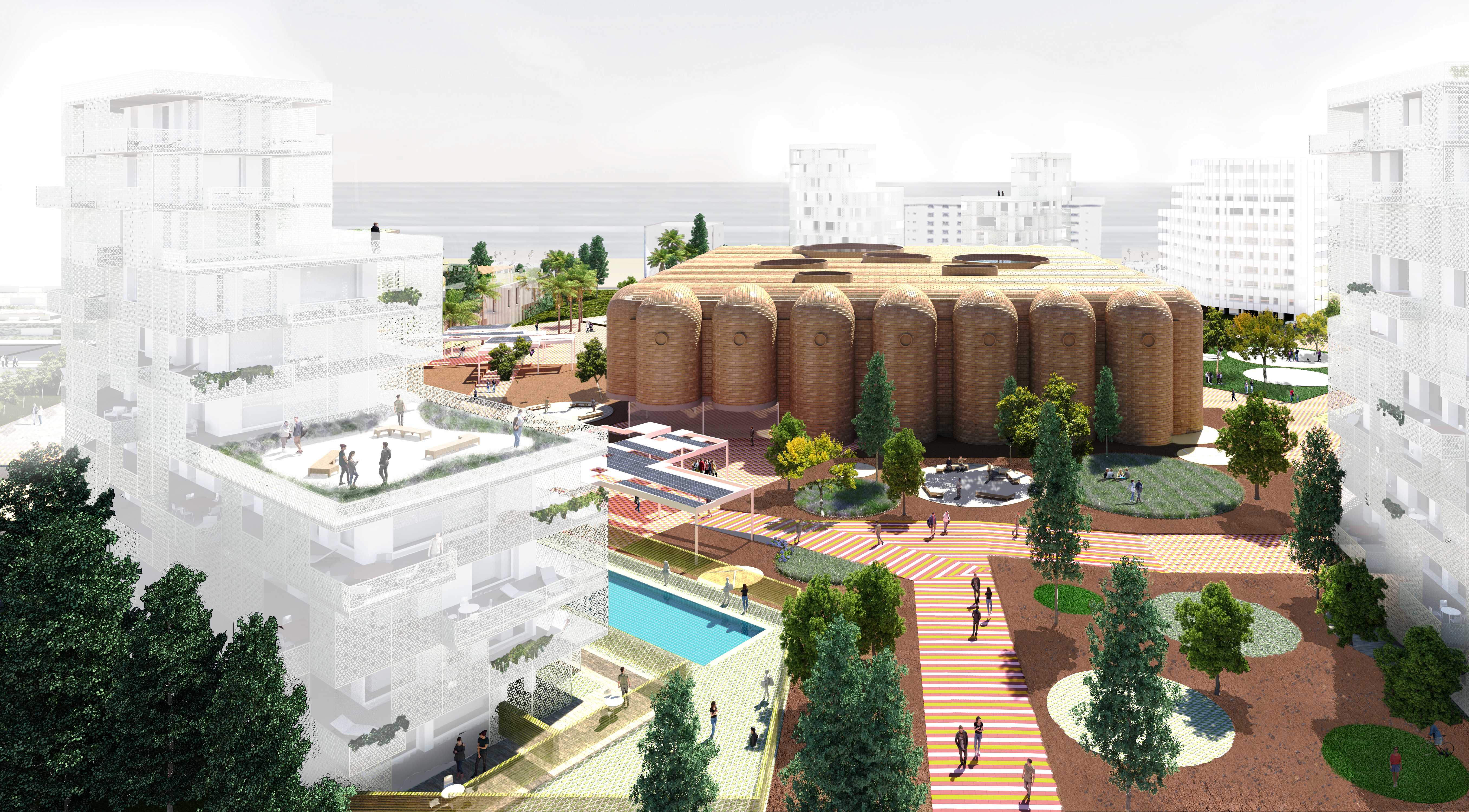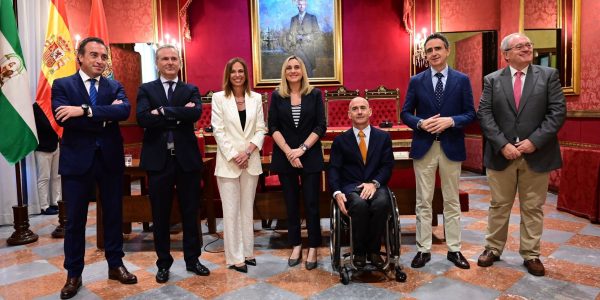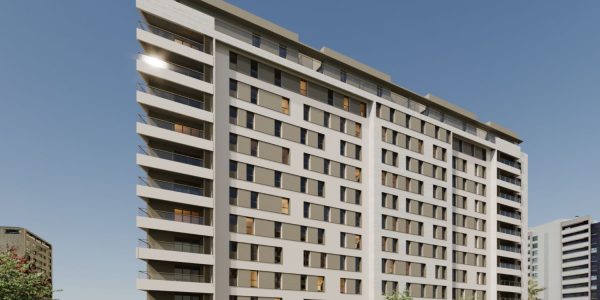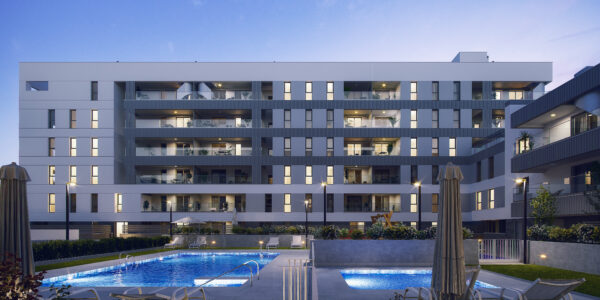The Generalitat Valenciana approves the Vinival project, which will promote the urban regeneration of La Patacona

- It plans to transform a former industrial area to provide it with numerous services and 974 new dwellings, of which 313 will be subsidised.
- It will have more than 36,000 m² of green areas and will allow the recovery of the Vinival wineries as the backbone of a new eco-neighbourhood.
- Designed by Estudio Herreros and promoted by Metrovacesa, the project combines sustainability, heritage and citizen participation.
Alboraya, 22 July 2025. The Generalitat Valenciana has definitively approved the Vinival urban regeneration project, promoted by Metrovacesa, which will allow a new stage in the transformation of the former industrial area of La Patacona, in Alboraya, to begin. This milestone represents the ratification of the plenary agreement adopted on 30 January by the Alboraya Town Council, where 19 of the 21 councillors voted in favour of the approval of a consensus project that has broad social and political support.
Vinival aspires to become an exponent of sustainable urban development in the Valencian Community, with an approach that combines social cohesion, respect for heritage and improved quality of life for a more liveable city. The approved planning will enable the reconversion of a former industrial area that is currently degraded into a pioneering eco-neighbourhood, designed by the prestigious Estudio Herreros, a national and international benchmark in contemporary architecture and healthy urban environments. The project materialises an innovative vision of the city, committed to the environment, energy efficiency and quality of life, while preserving the iconic Vinival wineries, which will become the backbone of the new neighbourhood.
The project envisages the construction of 974 dwellings, of which 313 will be subsidised, above the legal minimum required for this type of land. This commitment to subsidised housing responds to the need to facilitate access to housing and guarantee social diversity in the neighbourhood.
The proposal also incorporates 36,000 square metres of open spaces and green areas, with gardens, urban allotments, sports and recreational areas, shaded areas and parks designed for neighbourhood meetings and coexistence. In addition, 8,900 square metres of free and green space has been set aside next to the Vinival wineries, which will be used for cultural activities, open-air performances or community sporting events.
A new model of a city of proximity
The project aims to create a model of a city of proximity, in which residents have all the essential services within walking distance of their homes. Vinival reserves a 7,000 square metre plot for a new school and another 3,262 square metre plot for a health centre and other facilities.
a health centre and other facilities needed by the community. In addition, 19,807 square metres will be set aside for tertiary use for the creation of commercial and service spaces, including a local supermarket, in order to meet the daily needs of future residents and neighbours in the area. The proposal also envisages the construction of 1,694 private parking spaces and the creation of 630 new public parking spaces, which will alleviate the pressure on parking in the area and encourage more orderly mobility.
The design of the neighbourhood prioritises walking and cycling, with new pedestrian and cycle routes connecting the main points of interest, in line with the 15-minute city model and with the aim of reducing dependence on private vehicles.
One of the pillars of the project is the rehabilitation and enhancement of the old Vinival wineries, a landmark of the industrial heritage of La Patacona. Closed since 2008 and in disuse since then, the wineries have the vocation of becoming a multifunctional space, open to the neighbourhood and with possible cultural, sporting, gastronomic or commercial uses. The design by architect Juan Herreros proposes a recovery that respects the architectural legacy, giving the wineries a new use and turning this space into the central axis of the new neighbourhood.
The Vinival wineries, an iconic building of Valencian industrial heritage and a key piece in the identity of La Patacona, has been one of the main attractions of the Open House Valencia festival in the last three editions. It has also been the object of study and future proposals that have emerged from the collaboration with the Polytechnic University of Valencia (UPV) and the International University of Berlin.
Citizen support and participation
Since 2021, Metrovacesa has promoted a process of citizen participation that has involved almost 3,000 people in more than thirty activities, workshops and meetings. Through this permanent dialogue with the community and thanks to the work of technicians and institutions, the needs of the environment have been gathered, which has enabled significant improvements to be made to the project. These include reducing the height of the buildings from 9 to 11 storeys at their highest points, following a staggered layout that visually connects the sea with the orchard and facilitates the passage of winds, avoiding the so-called ‘screen effect’. The area of green zones has also been enlarged and a new northern access from the CV-312 has been incorporated, which will improve connectivity and help to decongest traffic in the area.
The participation of the local community has been key throughout the process, with the support of more than 5,400 signatures of citizen support and the involvement of groups such as the Asociación Sí al Proyecto Vinival, which has called for the regeneration of the area with new services, facilities and housing.
After the final approval by the Generalitat Valenciana, the project is now moving towards the drafting of the urbanisation project, where key aspects such as the materiality of the public space, the selection of street furniture, the type of vegetation, the location of children’s play areas and pedestrian routes will be defined. A first informative workshop on these issues was held in April and it is planned to continue working together with neighbours and local agents in this new phase.
In addition, joint working sessions are being held with the technical services of the Alboraya Town Council and representatives of the municipal council to draw up the urbanisation project.
Vinival is inspired by international benchmarks of urban regeneration with a focus on integral sustainability, prioritising the use of low CO₂ emission construction systems, the implementation of renewable energies such as solar and wind power, the ecological management of the water cycle and the sustainable treatment of waste. It also contemplates urban planning solutions to mitigate the effects of climate change, such as draining pavements, shaded areas and planting native species that enhance local biodiversity. All this, under a model of inclusive urban planning, with a gender perspective and designed to promote coexistence and collective well-being. In addition, the regulations of the plan will not allow the implementation of tourist accommodation in the homes of this new development.
With this initiative, Metrovacesa reaffirms its commitment to sustainable and responsible urban development, which improves people’s lives and contributes to the creation of more humane, resilient and balanced cities.

Related articles
Discover your new home with MiA
We have launched our virtual agent to help you find the property you are looking for.
Ask MiA and get personalized recommendations to find your dream home. Try it now!



